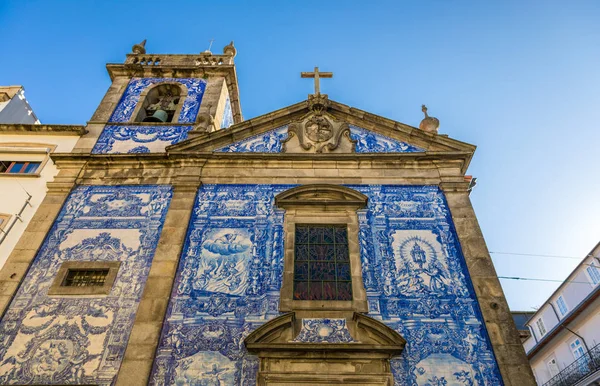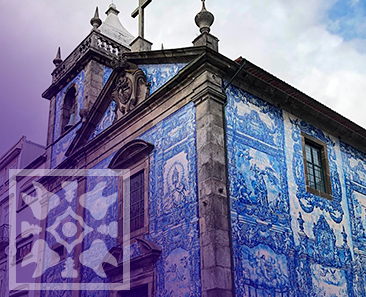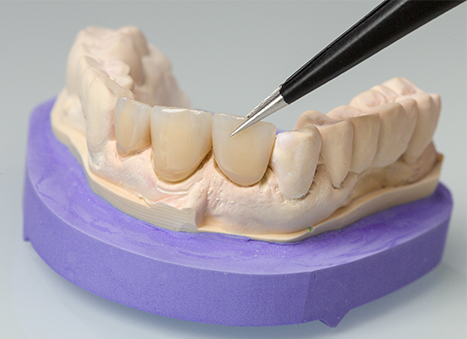Portuguese Azulejos: A Striking Expression of Portugal’s Culture and Identity
Found in churches, palaces, homes, and public spaces, these magnificent ceramic panels transform the country’s urban and rural landscapes into true open-air art galleries.
Origin and Influence of Azulejos
The introduction of azulejos in Portugal dates back to the Muslim occupation of the Iberian Peninsula (711-1492). During this period, the Moors brought their rich tradition of ceramic tilework, known as al-zellij, meaning "small polished stone."
Characteristics of Moorish Azulejos
- Geometric and abstract patterns: Due to the Islamic prohibition on depicting human and animal figures, mosaics featured intricate geometric designs and arabesques.
- Vibrant colors: Dominated by shades of blue, white, green, and ochre.
- Practical and aesthetic function: Used to cover walls and floors, they provided protection from heat while beautifying buildings such as mosques and palaces.

Azulejos began to be used in Portugal in the late 15th century, following the marriage of King Manuel I to Isabella of Aragon in 1498. During his visit to the Alhambra Palace in Granada, Spain, King Manuel was captivated by the mosaics and brought Spanish artisans to decorate Portuguese palaces and churches.
The Evolution of Azulejos in Portugal
- In the 16th century, Portugal developed its own azulejo production, initially inspired by Spanish styles but quickly evolving into distinct forms.
- Over time, Portuguese azulejos moved away from Spanish and Arab influences, developing a unique national identity.
- In the 17th century, the use of monochromatic blue and white azulejos became predominant, influenced by Chinese porcelain.
- Azulejo panels began telling stories, depicting biblical, mythological, and everyday scenes.
Why Did Azulejos Become So Popular in Portugal?
- Abundance of clay: Portugal had natural resources that made ceramic production easier.
- Building protection: Azulejos protected walls from humidity and heat while adding decorative beauty.
- Support from the Catholic Church: Large quantities of azulejos were commissioned to decorate convents, churches, and monasteries.
- Artistic expression: Azulejos allowed artists and craftsmen to express creativity on a large scale, from simple patterns to highly detailed panels.
Portuguese azulejos emerged as a reflection of cultural exchanges and Portugal’s ability to adapt foreign influences into something unique. Over time, they became not just an art form but also a central element of Portugal’s cultural identity.
Click on the link below to find out more!
💖 Painéis de Azulejos Portugueses - Mais Portugal - YouTube

